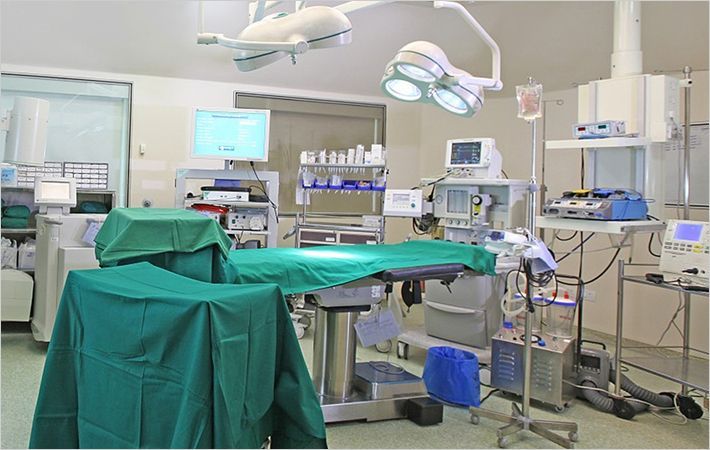Johnson Controls, a global multi-industrial company with established core businesses in the automotive, building, and energy storage industries, supports the inclusion of energy efficiency and distributed energy systems in the Environmental Protection Agency's proposed Clean Air Act 111(d) existing power plant rule.
Johnson Controls, a global multi-industrial company with established core businesses in the automotive, building, and energy storage industries, #
EPA announcement includes energy efficiency as one of four "building blocks" to be utilized by states to develop carbon reduction plans. It noted that 47 states have utilities that run demand-side energy efficiency programs and, according to EPA Administrator Gina McCarthy, energy efficiency helps "squeeze the most out of every electron" produced.
Johnson Controls, a global multi-industrial company with established core businesses in the automotive, building, and energy storage industries, #
"Energy efficiency represents one of the largest opportunities to reduce carbon emissions while creating jobs, reducing costs and increasing energy security," said Dave Myers, president, Johnson Controls Building Efficiency. "Johnson Controls is well established and prepared to support state energy efficiency policies and plans across the country with the technologies and commercial offerings we have available today."
Johnson Controls, a global multi-industrial company with established core businesses in the automotive, building, and energy storage industries, #
According to the Department of Energy, buildings use 40 percent of primary energy in the United States and 70 percent of the electricity supply. Energy efficiency improvements can cost-effectively reduce energy use by 25 percent or more in both new and existing buildings.
Johnson Controls, a global multi-industrial company with established core businesses in the automotive, building, and energy storage industries, #
Johnson Controls is a national and global leader in energy efficiency, renewable energy, distributed energy generation and storage. The company has been involved in more than 1,000 guaranteed energy savings performance contracting projects in 49 states, many of which include distributed energy systems components.
Johnson Controls, a global multi-industrial company with established core businesses in the automotive, building, and energy storage industries, #
"The Wisconsin Energy Initiative is one great example of a state-wide energy efficiency retrofit program that has achieved significant savings and also created many high quality local jobs," Myers said.
Johnson Controls, a global multi-industrial company with established core businesses in the automotive, building, and energy storage industries, #
The $150 million public/private partnership has delivered $17 million in annual cost savings for the state and a 12 percent reduction in energy use in over 6,000 buildings in Wisconsin. It has also created 2,300 job-years of work for more than 50 local companies involved in the projects.
Johnson Controls, a global multi-industrial company with established core businesses in the automotive, building, and energy storage industries, #
"Hawaii, another good example, has set a 2030 goal to meet 70 percent of its energy needs through efficiency measures and renewable sources," Myers said.

